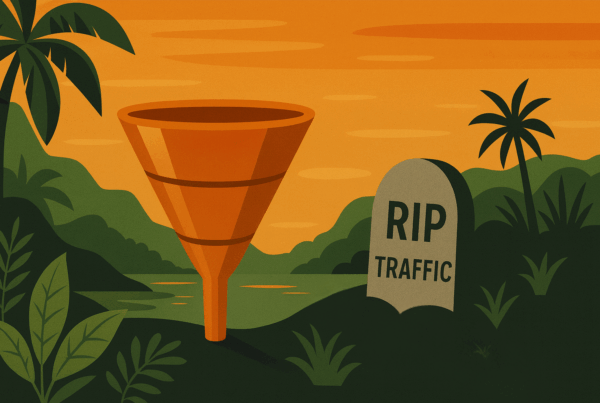Effective growth marketing today doesn’t come from throwing more people at a problem. It comes from hiring high-impact growth marketers — systems thinkers with sharp judgment who can pivot fast, learn faster, and create compounding value with less effort.
Before the days of AI, old-school growth hires were task machines: writing blogs, sending emails, and launching ads. But in an AI-driven world, production is cheap. Systems thinking is rare — and worth the premium.
What High-Impact Growth Marketers Actually Do:
- They build systems for repeatable success.
- They master fast learning.
- They prioritize impact.
High-impact growth marketers don’t just produce one asset — they design self-improving systems. They focus on building AI knowledge bases populated with the right assets, instructions, brand voice guidelines, contextual examples, and strategic goals so that the system itself learns, improves, and scales over time. This isn’t about efficiency for its own sake — it’s about creating replicable, reliable marketing machines that save time and compound results.
Systems thinking only creates an edge when it’s powered by relentless learning. High-impact growth marketers don’t just build scalable systems—they continuously evolve them. They’re driven by an intrinsic obsession with learning faster than the market shifts and continuously refining their systems with every new insight. This hunger fuels a self-sustaining cycle: their systems improve, their brands stay adaptive, and they maintain a competitive edge in a market that never stops moving.
Finally, high-impact growth marketers start every project by working backward from outcomes. They don’t just execute tasks. They clarify the real result they’re aiming for, and reverse engineer the system needed to deliver it.
Traits of a High-Impact Growth Operator:
- They think beyond the immediate task—focusing on designing systems that create compounding advantages, setting up future growth instead of isolated wins.
- They diagnose bottlenecks without being told—not by guessing, but by recognizing patterns in data, processes, and outcomes that signal where friction is compounding over time.
- They design systems that adapt over time, whether through built-in feedback loops or through vigilant iteration, ensuring that improvement is automatic—not reactive.
Speed, adaptability, and strategic depth are table stakes. The brands that win don’t chase momentum — they engineer it by building systems that learn, scale, and compound growth over time.





